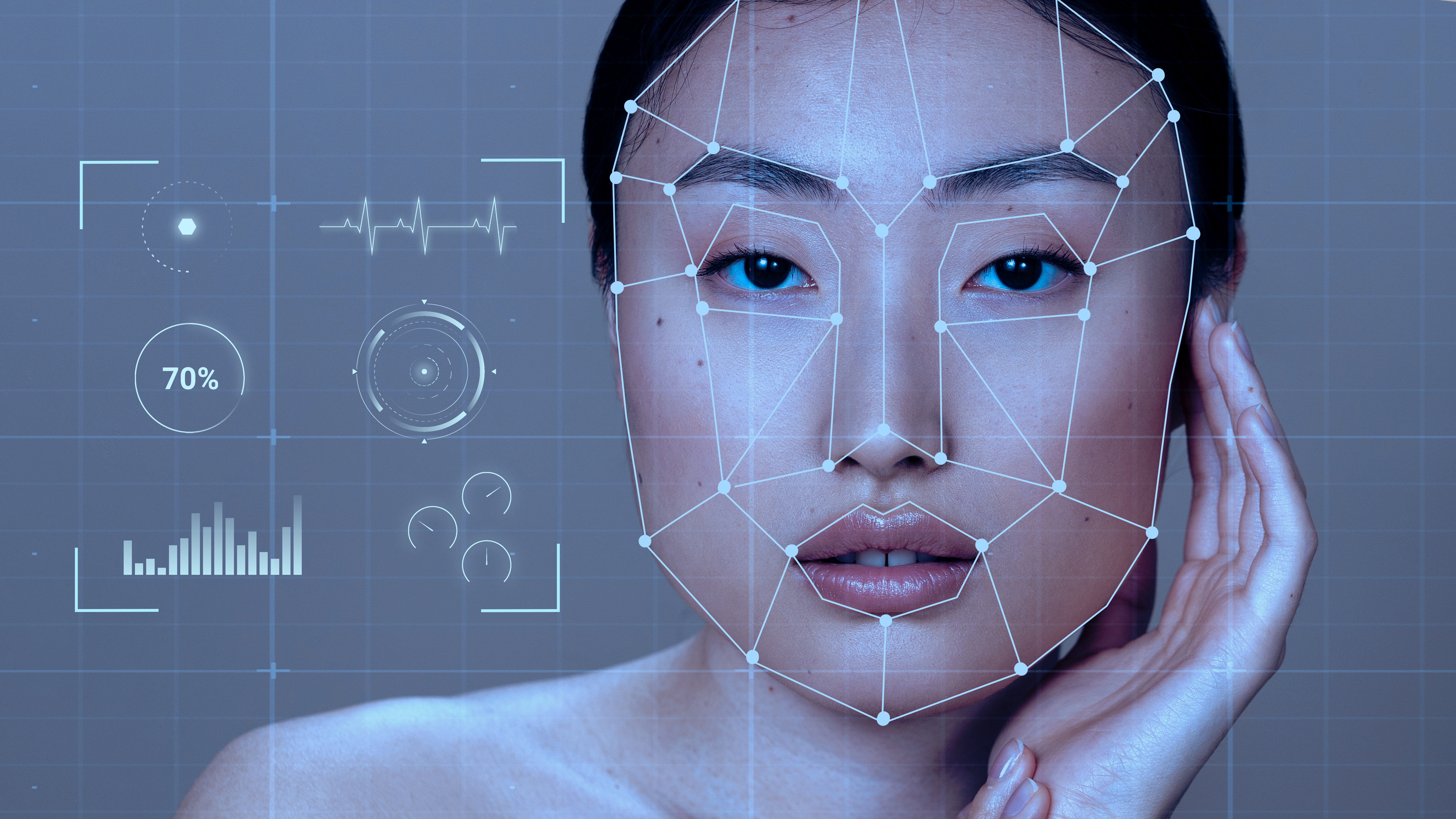Nissan Motor Corporation has been listed on the dark web by the Everest ransomware group, which is threatening to release allegedly stolen data within days unless a ransom is paid. The group claims to have exfiltrated around 900 gigabytes of company files.
Everest published sample screenshots showing folders linked to marketing, sales, dealer orders, warranty analysis, and internal communications. Many of the files appear to relate to Nissan’s operations in Canada, although some dealer records reference the United States.
Nissan has not issued a public statement about the alleged breach. The company has been contacted for comment, but no confirmation has been provided regarding the nature or scale of the incident.
Everest began as a ransomware operation in 2020 but is now believed to focus on gaining and selling network access using stolen credentials, insider recruitment, and remote access tools. The group is thought to be Russian-speaking and continues to recruit affiliates through its leak site.
The Nissan listing follows recent claims by Everest involving Chrysler and ASUS. In those cases, the group said it had stolen large volumes of personal and corporate data, with ASUS later confirming a supplier breach involving camera source code.
Would you like to learn more about AI, tech, and digital diplomacy? If so, ask our Diplo chatbot!










